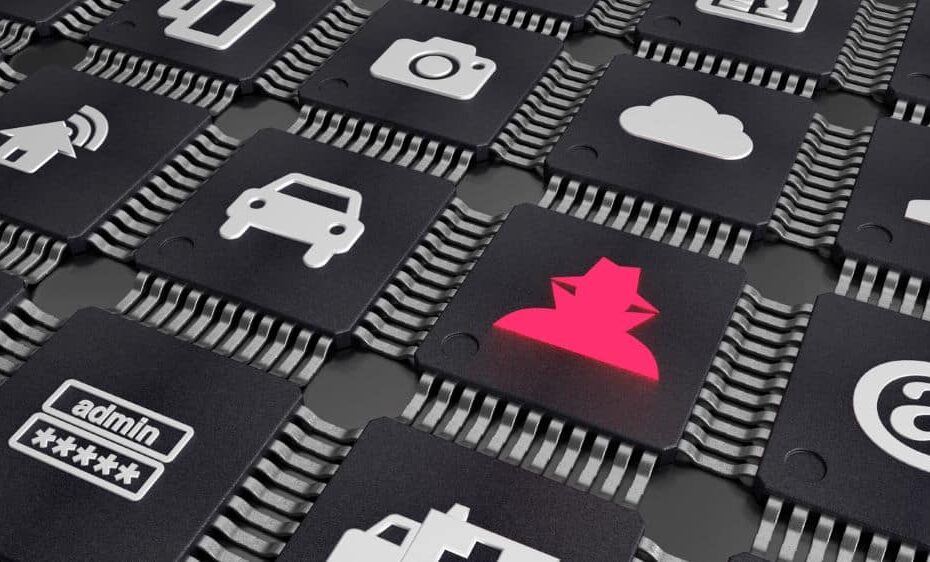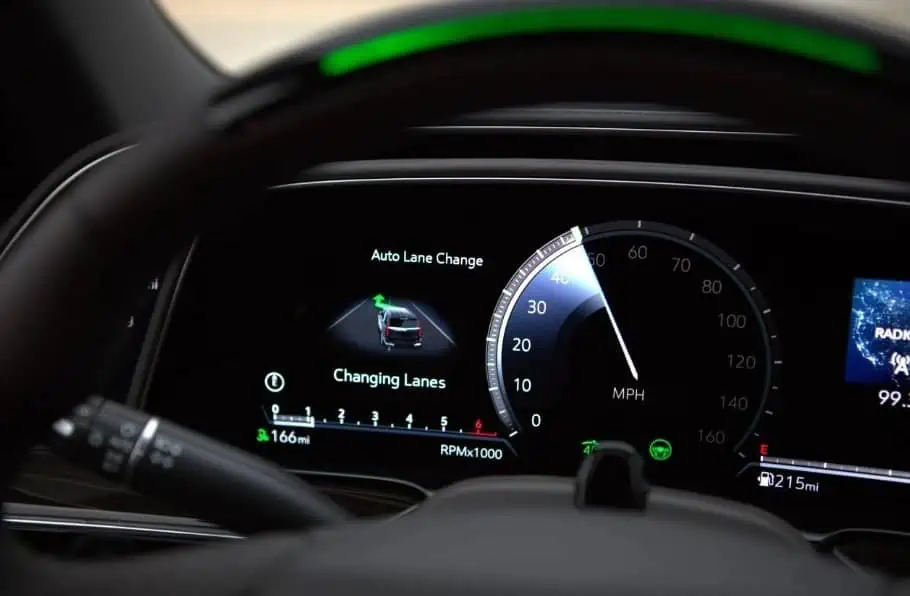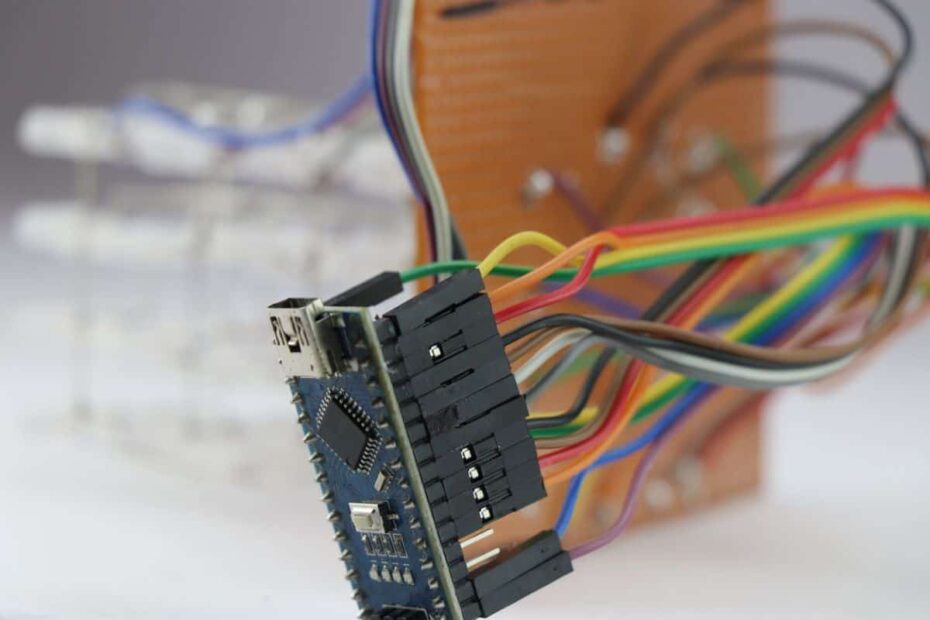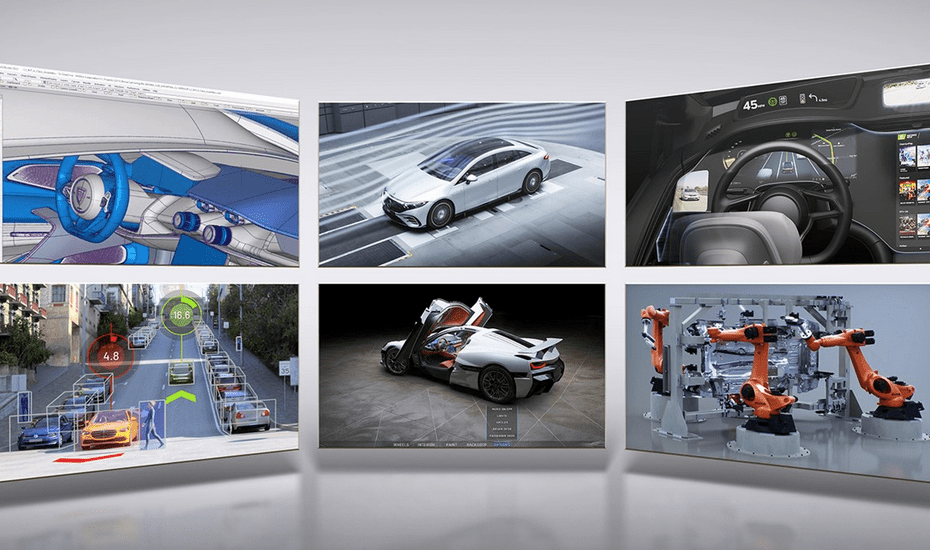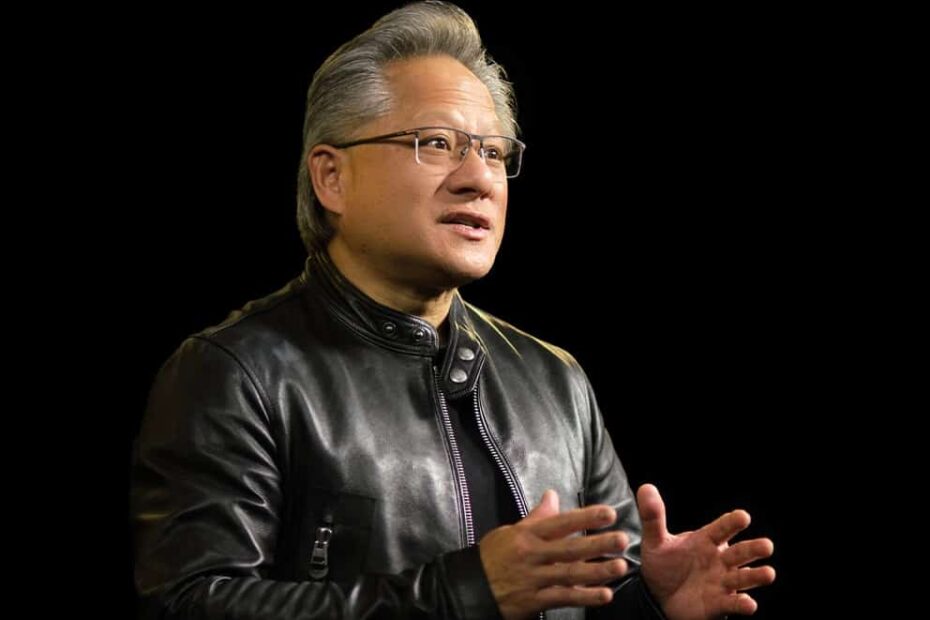IoT: Welcome Mat to Insecurity
What’s at stake:
For a long time, spending on security was never a priority for most IoT/embedded system vendors. Their rationale: Why spend money to prepare their devices for events that rarely happen? However, as an onslaught of cybersecurity regulation looms on the horizon, complacency is a risky option.
“Cybersecurity does not help sell IoT products,” Colin Duggan, CEO & cofounder of BG Networks, recently told us. He added that getting companies to make the commitment to IoT cybersecurity “is more difficult than it sounds.”
This has been true despite serious cases of damage done by insecure connected systems.
Read More »IoT: Welcome Mat to Insecurity
